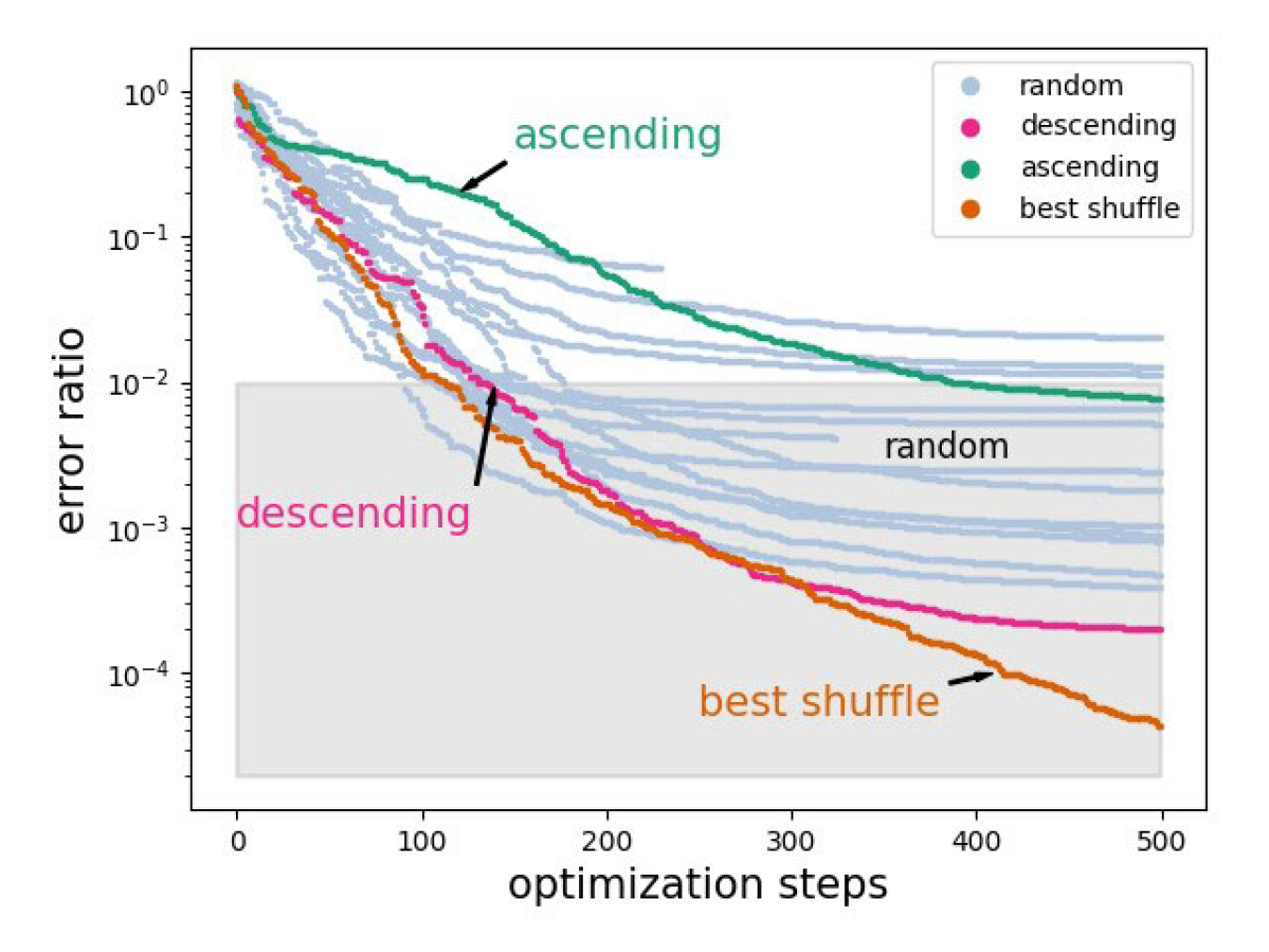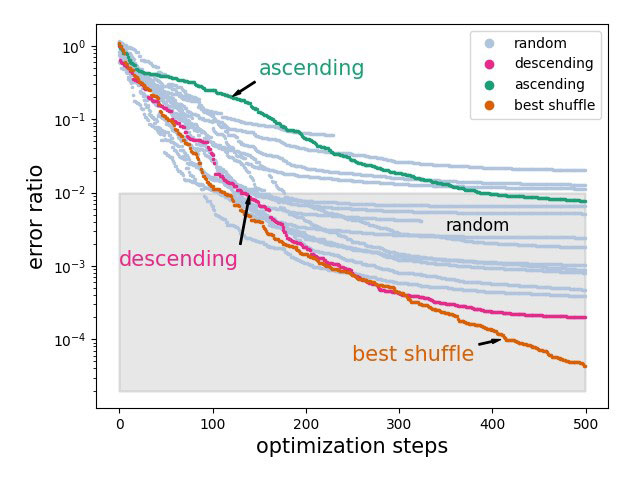
The Science
In nuclear physics, quantum computing cannot yet solve problems better than classical computing. However, quantum computing hardware continues to advance. This progress makes it interesting to evaluate how these tools could be used to solve physics problems. This research applied quantum computing to determine different energy levels of the lithium-6 nucleus. Nuclear energy levels involve different configurations of protons and neutrons in a nucleus. To prepare the ground state of a nucleus—its lowest energy level—on a quantum computer, scientists must try out many different statistical operations to define that state. Scientists try these alternatives to see which trial order of operations produces an accurate description. This research applied this approach to the lithium-6 nucleus using quantum hardware. This demonstrated how quantum computing can solve real physics problems.
The Impact
This work shows how to solve a historic – yet realistic – nuclear physics research problem on present-day quantum computers. The problem involves working out how to refine trial wave functions with a small number of steps to find the best approximation of a nucleus’s ground state. Each step must be simple enough to be implemented on today’s limited quantum computer hardware. At the same time, the steps taken together must be sophisticated enough to actually solve the problem. This work showed how to efficiently order the operations (“steps”) that prepare wave functions, descriptions of the location of the electrons in an atom. It compared different ways to do this and successfully implemented the optimal strategy on a commercially available quantum chip.
Summary
An international team of researchers found out how to solve a 1960s research problem in nuclear physics on present-day quantum computers. Quantum computers can perform operations on trial states to refine them such that they solve a given problem. It is interesting and important to find out which operations should be applied to prepare such states, and in what order they should be done. This research tested different schemes for the preparation of states of an atomic nucleus. An efficient scheme was found and used to actually perform such operations on quantum hardware. The researchers computed the ground state and an excited state of the lithium-6 nucleus. They also found that it is important to mitigate measurement errors to achieve accurate results. These errors stem from noise that disturbs the operation of today’s quantum chips.
Contact
Thomas Papenbrock
University of Tennessee
[email protected]
Funding
This work was supported by CERN Quantum Technology Initiative, the Department of Energy (DOE) Office of Science, Office of Nuclear Physics, and by the Quantum Science Center, a DOE National Quantum Information Science Research Center. Access to the IBM Quantum Services was obtained through the IBM Quantum Hub at CERN.
Publications
O. Kiss et al., “Quantum computing of the 6Li nucleus via ordered unitary coupled clusters,” Physical Review C 106, 034325 (2022) [DOI:10.1103/PhysRevC.106.034325].
Scraped from https://www.sourcearu.com




